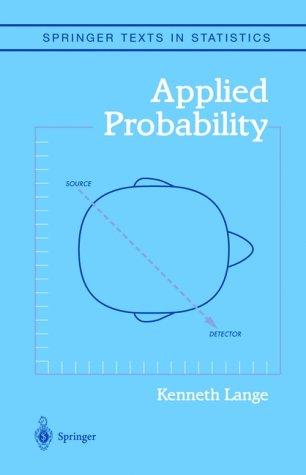Let the disease allele at a recessive disease locus have population frequency q. If a child has
Question:
Let the disease allele at a recessive disease locus have population frequency q. If a child has inbreeding coefficient
f, argue that his or her disease risk is fq + (1 − f)q2. What assumptions does this formula entail? Now suppose that a fraction α of all marriages in the surrounding population are between first cousins [1]. Show that the fraction of affecteds due to first-cousin marriages is
α( 1 16 q + 15 16 q2)
¯fq + (1 − ¯f)q2 = α(1 + 15q)
16[ ¯f + (1 − ¯f)q]
, where f
¯ is the average inbreeding coefficient of the population. Compute this fraction for α = .02, ¯f = .002, and for q = .01 and q = .001.
What conclusions do you draw from your results?
Fantastic news! We've Found the answer you've been seeking!
Step by Step Answer:
Related Book For 

Question Posted:






